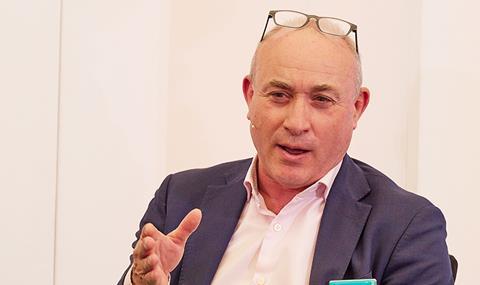
Agency drivers are involved in the vast majority of bridge strike cases that come across well-known transport lawyer Jonathon Backhouse’s desk. “I’d say that they account for seven to eight out of 10 of them,” he told delegates at a Road Transport Expo seminar session.
“If you are using agency drivers, then the risk of a bridge strike increases significantly,” added Backhouse, a director of high-profile law practice Backhouse Jones. "Brief them properly about the hazards low bridges present, however – and brief your full-time drivers fully too – and the danger of an incident occurring is likely to decrease significantly."
Traffic commissioners expect operators to minimise the risk that their trucks will hit a bridge, as evidenced in a letter addressing the subject circulated to O-licence holders by the senior traffic commissioner in September 2020, said Backhouse. Their concern is scarcely surprising.
“Five bridge strikes occur every day nationwide on average rising to 14 daily at certain times of the year,” he said. “As soon as the clocks go back, drivers start running into bridges.
“It all adds up to 1,900 strikes annually."
“Each strike costs £13,000 on average and adds up to £23m a year in terms of train delays and bridge repairs,” he added. “Bear in mind that National Rail attempts to recover 100% of the cost to them of each incident.”
Operators need to assess how big a hazard low bridges present to their business. Are there any in the vicinity of their premises? Do drivers know where they are? Are routes being planned taking them into account? Does the sat nav system they use highlight their presence? Do drivers know how high their vehicles are, and do they have a chart that converts metres to feet and inches.
The former may have been used to measure how tall their truck is. Bridge heights are, alas, shown in the latter, said Backhouse.
“Don’t forget that nine out of ten bridge strikes result in a public inquiry and a driver conduct hearing,” he warned.
By Steve Banner














